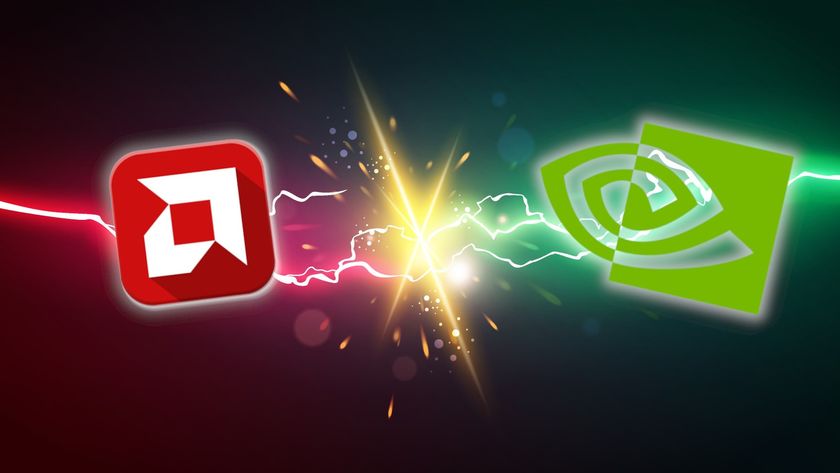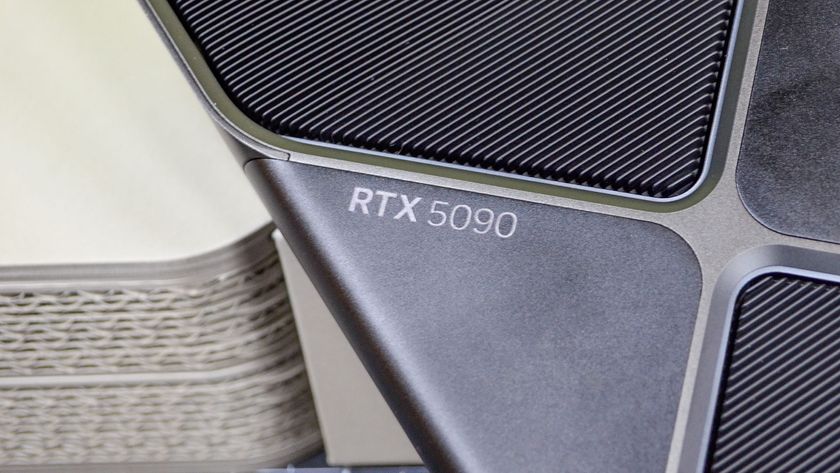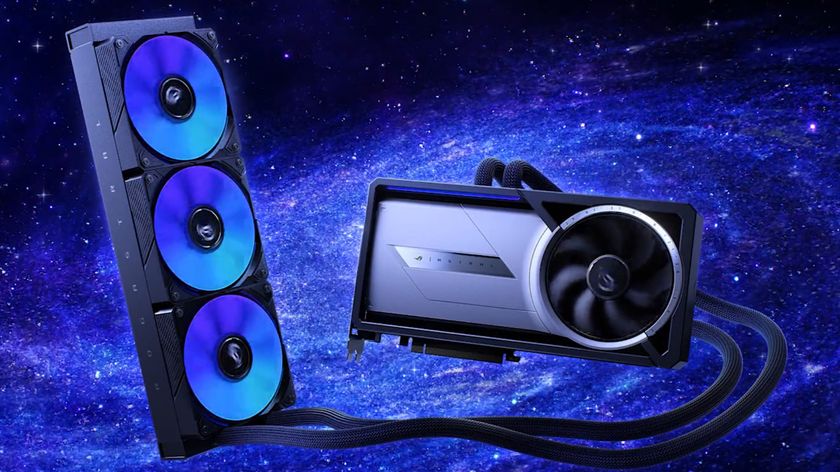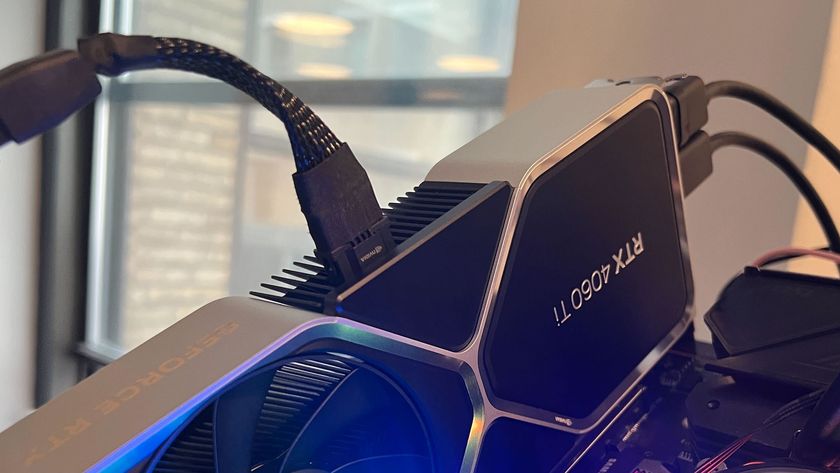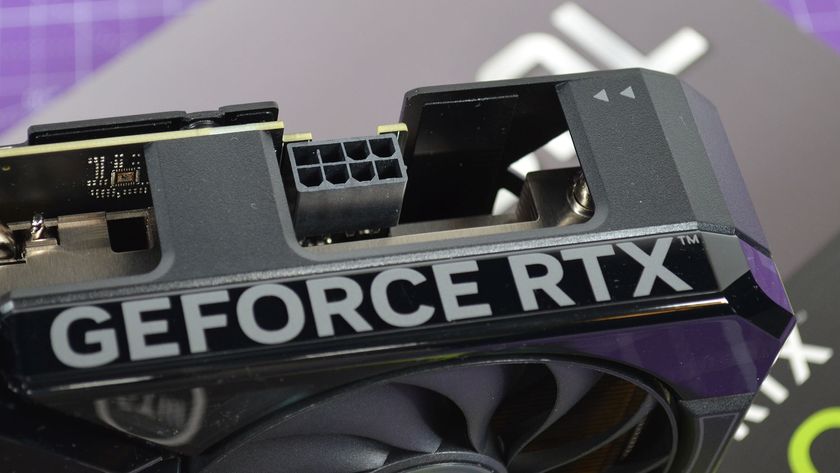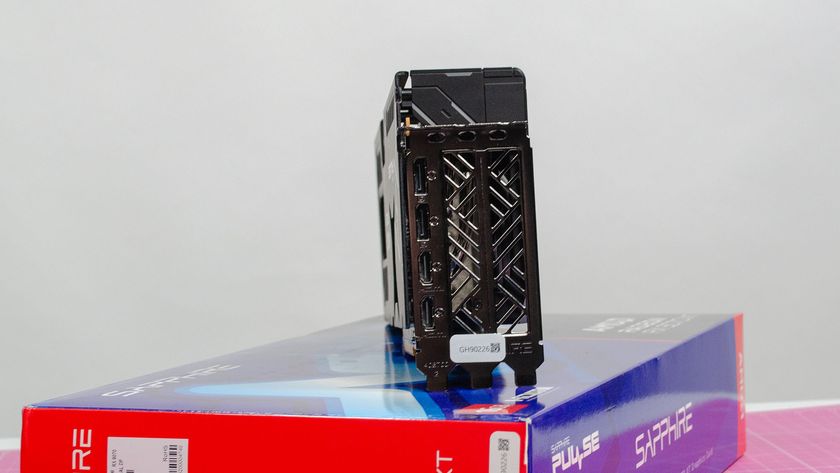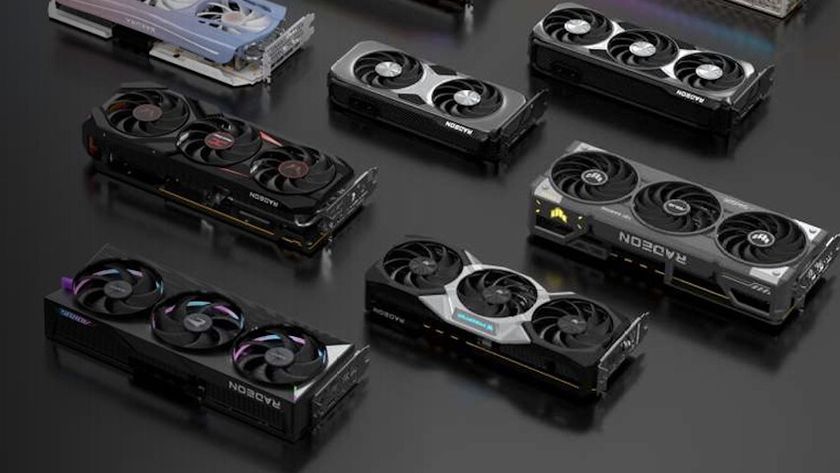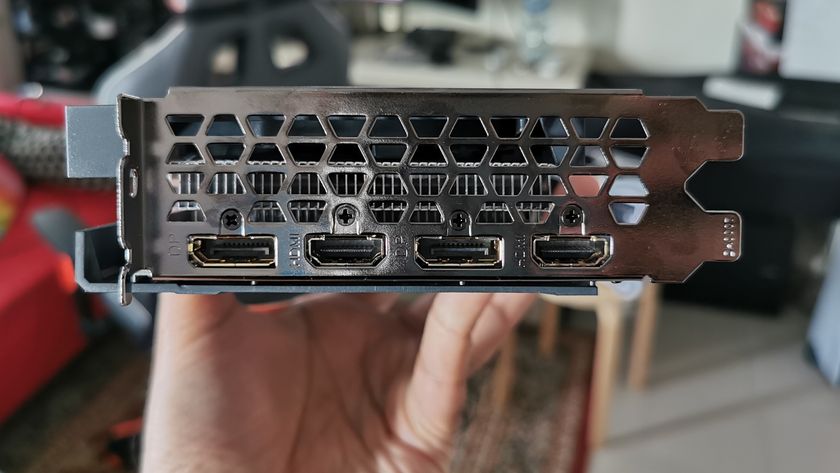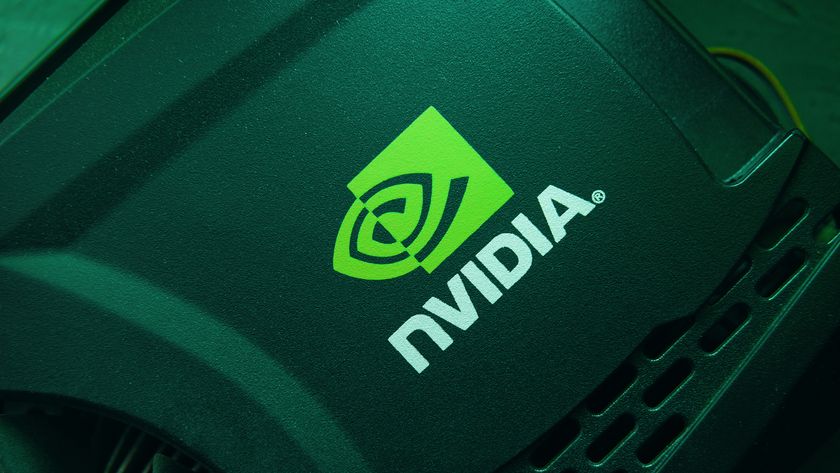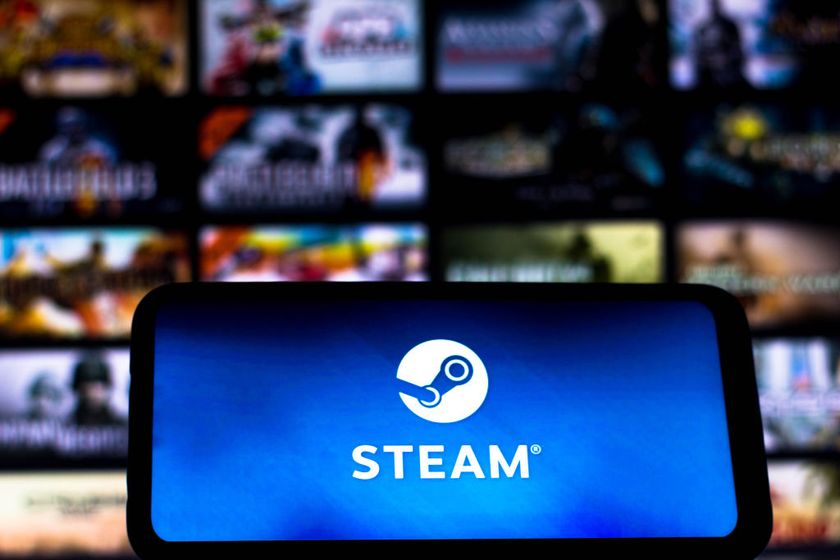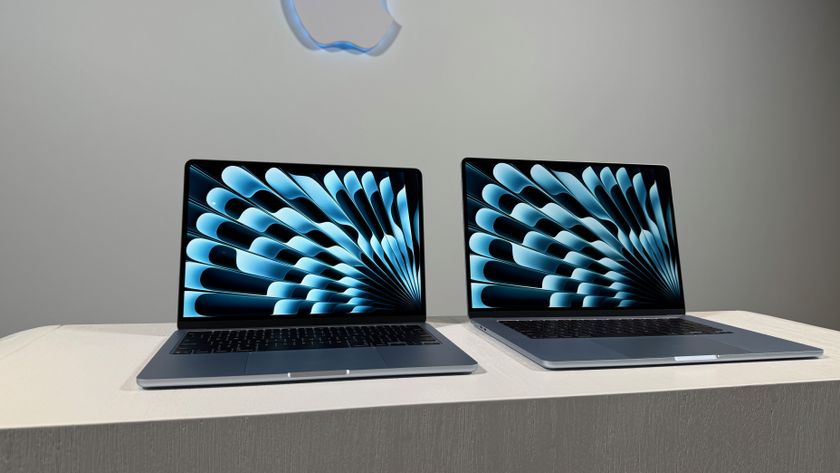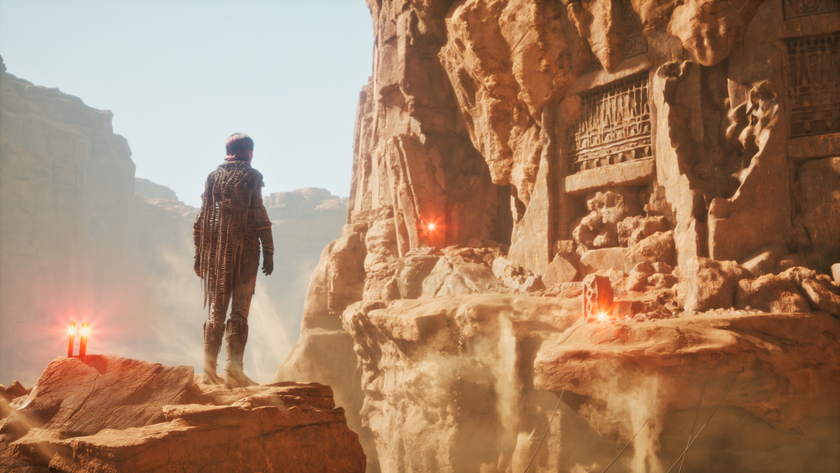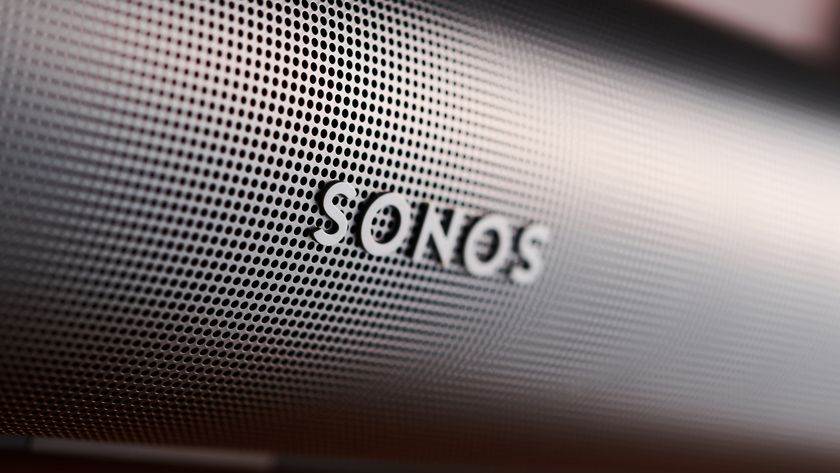Nvidia GeForce RTX 3090 outsells all AMD RX 6000 GPUs – is AMD in trouble?
Red? Red's dead baby
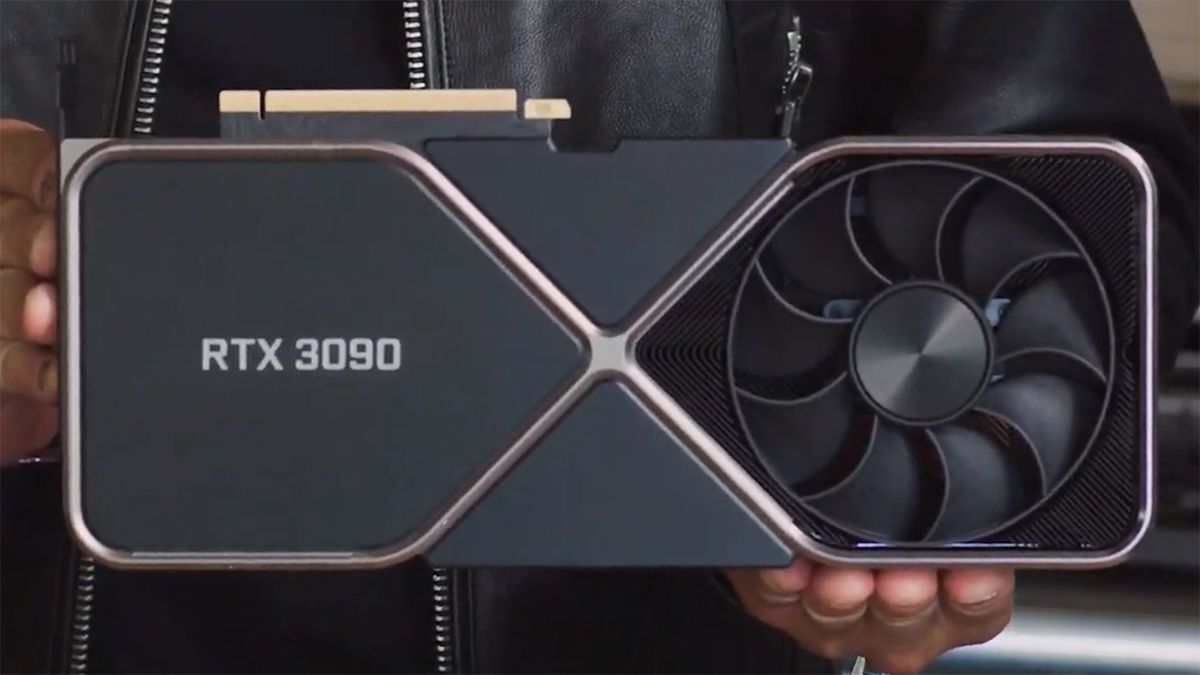
According to the latest Steam Hardware Survey, the Nvidia GeForce RTX 3090 graphics card has outsold every model of AMD's RDNA 2 line-up. In fact, using the same pool of data we can see that the RTX 30 series has drafted Teams Red's current generation of RX 6000 series GPUs by a ratio of 11:1.
The Steam Hardware Survey isn't known for being very accurate, but even with a significant margin of error, these results show that AMD's current offerings are struggling against its rival, likely owning to production woes and Nvidia's DLSS feature.
- Here are the best gaming PCs
- Or we'll show you how to build a PC
- Here are the best gaming laptops on the market
Futureproofing, or excessive?
As Tom's Hardware reports, Valve doesn't actually list any RX 6000 series cards on the Survey page as their usage falls underneath the minimal 0.15% share threshold to have its own line, but a savvy Reddit user by the username @zyck_titan noticed that you can see the range listed by heading to the DX10/11/12 System page.
We've noted previously that a great deal of the survey is populated with older hardware, which shouldn't be surprising. After all, if your PC components run everything you need at an acceptable level, why bother upgrading? Not to mention that the luxury of switching to newer, more powerful hardware requires cash (more so than usual thanks to currently inflated prices) and a good deal of luck to even find available stock.
This shows that the folk who are buying new graphics cards are mostly siding with Team Green and their current offerings. Of the RTX 30 series currently listed (newer GPUs like the RTX 3070 Ti and RTX 3080 Ti have not yet been added to the Survey), the beefy GeForce RTX 3090 is the least popular, but it seems even Nvidia's most expensive and least sought-after product is blowing AMD's offerings out of the water.
| Row 0 - Cell 0 | May | June | July |
| Nvidia GeForce RTX 3070 | 1.48% | 1.50% | 1.56% |
| Nvidia GeForce RTX 3080 | 0.89% | 0.83% | 0.88% |
| Nvidia GeForce RTX 3060 | 0.27% | 0.52% | 0.64% |
| Nvidia GeForce RTX 3090 | 0.38% | 0.35% | 0.38% |
| AMD Radeon RX 6800 | 0.05% | 0.04% | 0.05% |
| AMD Radeon RX 6800 XT | 0.08% | 0.09% | 0.10% |
| AMD Radeon RX 6900 XT | 0.07% | 0.07% | 0.08% |
Nvidia has used Samsung as its primary source of silicon since the release of the RTX 30 series, which could be another advantage that Team Green has over its long-time rival. As AMD uses TSMC, another silicon provider that supplies chips to Sony PS5 and Microsoft Series X/S consoles. This sadly means that TSMC has a rather long queue demanding silicon right now, which gives AMD a lot of competition, something that Nvidia doesn't have to contend with as much.
Analysis: Should gamers even buy RTX 3090's?

The Steam Hardware Survey doesn't account for every graphics card on the market, so these stats are far from a true reflection on the entire market. For example, many of the products snapped up this year have ended up in huge cryptomining farms thanks to the rise in Ethereum, and those numbers won't show on the survey.
From the available data we can at least see that Nvidia has a popularity advantage over AMD in the world of PC gaming, but it's especially surprising to see that prospective GPU buyers are happier to drop a few thousand dollars on what is more akin to a productivity GPU than gaming hardware.
Get daily insight, inspiration and deals in your inbox
Sign up for breaking news, reviews, opinion, top tech deals, and more.
In fact, unless you're planning to run your games at 8K at 60FPS, an RTX 3090 is wholly excessive for just playing games. But the survey won't differentiate between artists and graphic designers who have purchased the Nvidia flagship for demanding 3D projects or rendering that also happen to be gamers, alongside gamers who have purchased an RTX 3090 solely play their favorite games.
There are numerous reasons that AMD is lagging behind Nvidia in market share, with its DLSS competitor FidelityFX Super Resolution being introduced much later than the Team green alternative.
Its turbulent production is still creating low stock availability to meet demands, but even with these considerations, it's alarming to see such an expensive GPU hypothetically outsell every current-gen Radeon product.
With any luck, AMD can gain some ground against Nvidia, but judging by these numbers, it's going to take a lot of time and effort to get gamers to switch teams.
Jess is a former TechRadar Computing writer, where she covered all aspects of Mac and PC hardware, including PC gaming and peripherals. She has been interviewed as an industry expert for the BBC, and while her educational background was in prosthetics and model-making, her true love is in tech and she has built numerous desktop computers over the last 10 years for gaming and content creation. Jess is now a journalist at The Verge.
